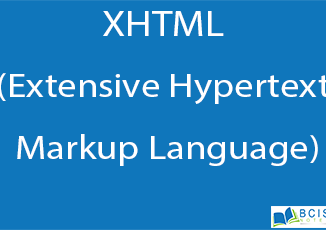
XHTML || Introduction to XML and XHTML || OnlineNotesNepal
XHTML (Extensive Hypertext Markup Language) XHTML stands for Extensive Hypertext Markup Language. It is the next step in the evolution of the internet. The XHTML […]

XHTML (Extensive Hypertext Markup Language) XHTML stands for Extensive Hypertext Markup Language. It is the next step in the evolution of the internet. The XHTML […]
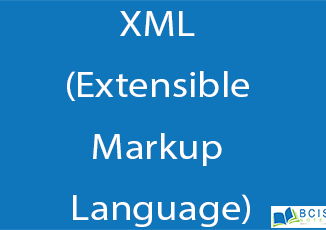
XML (Extensible Markup Language) XML (Extensible Markup Language) is a new standard that has recently been approved by the World Wide Web Consortium. It is […]
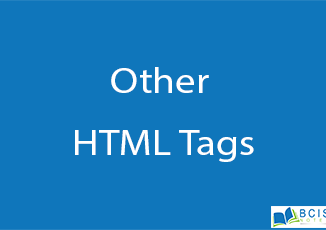
Other HTML Tags Table HTML Tags HTML tags for creating tables were originally developed for presenting rows and columns of tabular data, however, designers quickly […]
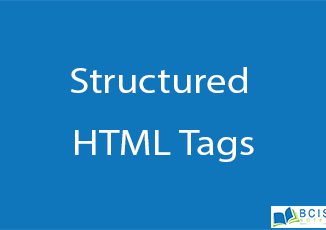
Structural HTML Tags Structured HTML tags are like keywords define that how a web browser will format and display the content. With the help of […]
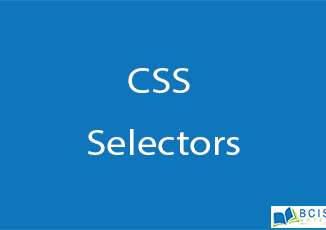
CSS Selectors CSS selectors define the elements to which a set of CSS rules apply. They are used to select the content you want to […]

Introduction to CSS Cascading Style Sheets (CSS) is used to format the layout of a webpage. While HTML is used to structure a web document (defining […]

Introduction to HTML HTML (Hypertext Markup Language) is the language used to create web documents. It defines the syntax and placement of special instructions (tags) […]

Client-Server Architecture Client-Server Architecture is a computing model in which the server hosts, delivers, and manages most of the resources and services to be consumed by the […]

Web programming Web programming, also known as web development, is the creation of dynamic web applications. Examples of web applications are social networking sites like […]

Network Models 1. Introduction: Network models is a technique for planning, scheduling, controlling, and monitoring the progress of large and complex projects, which includes a […]
Copyright © 2025 | WordPress Theme by MH Themes